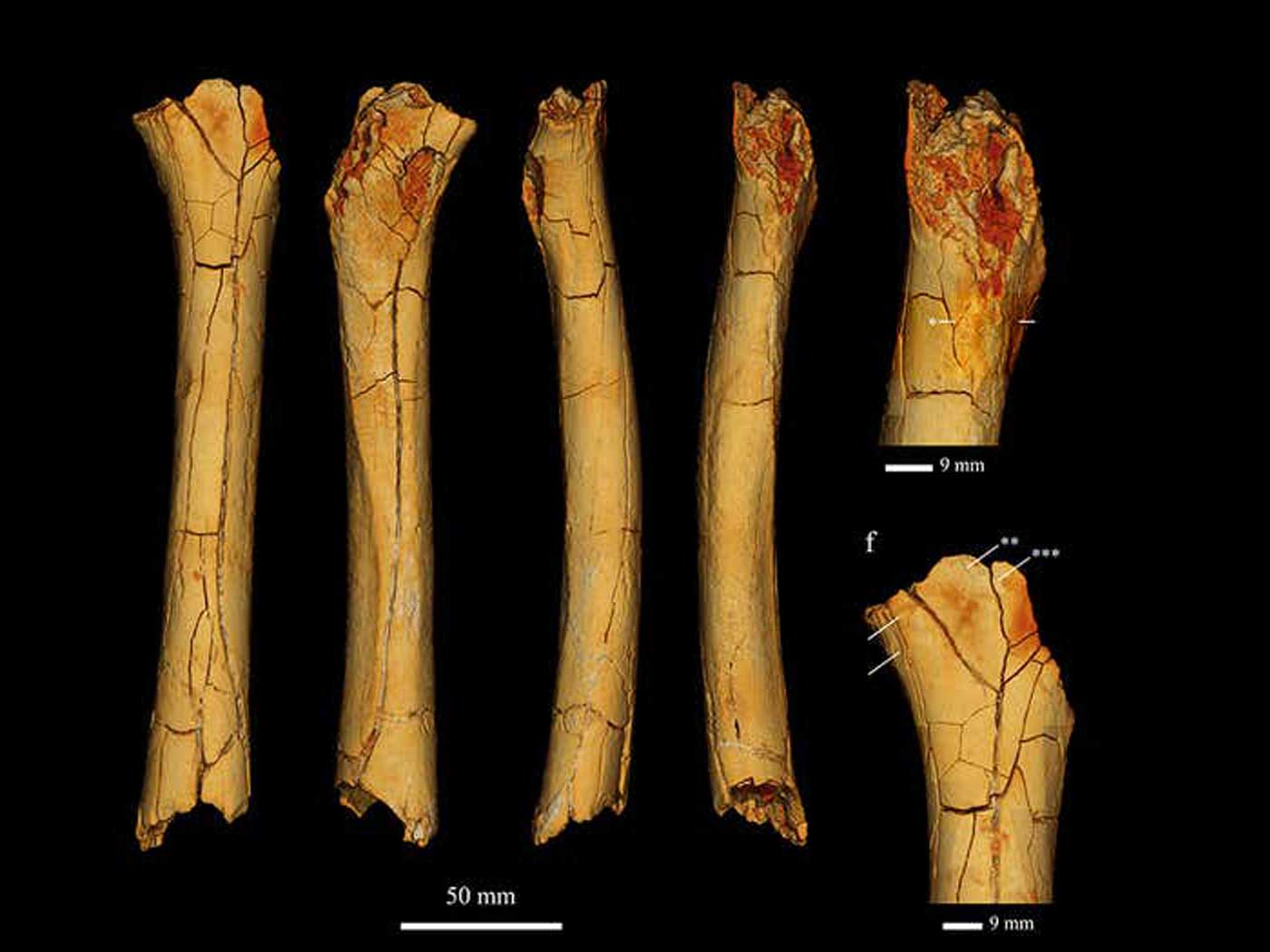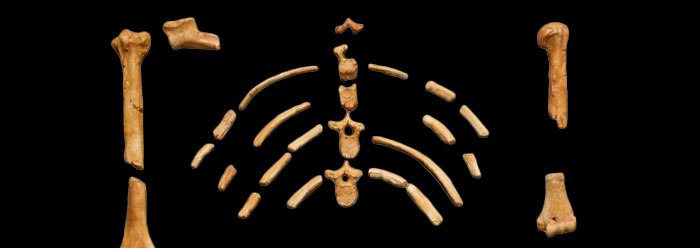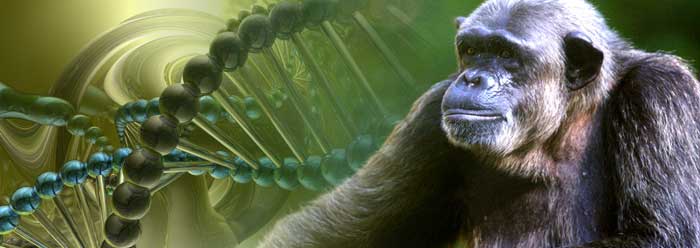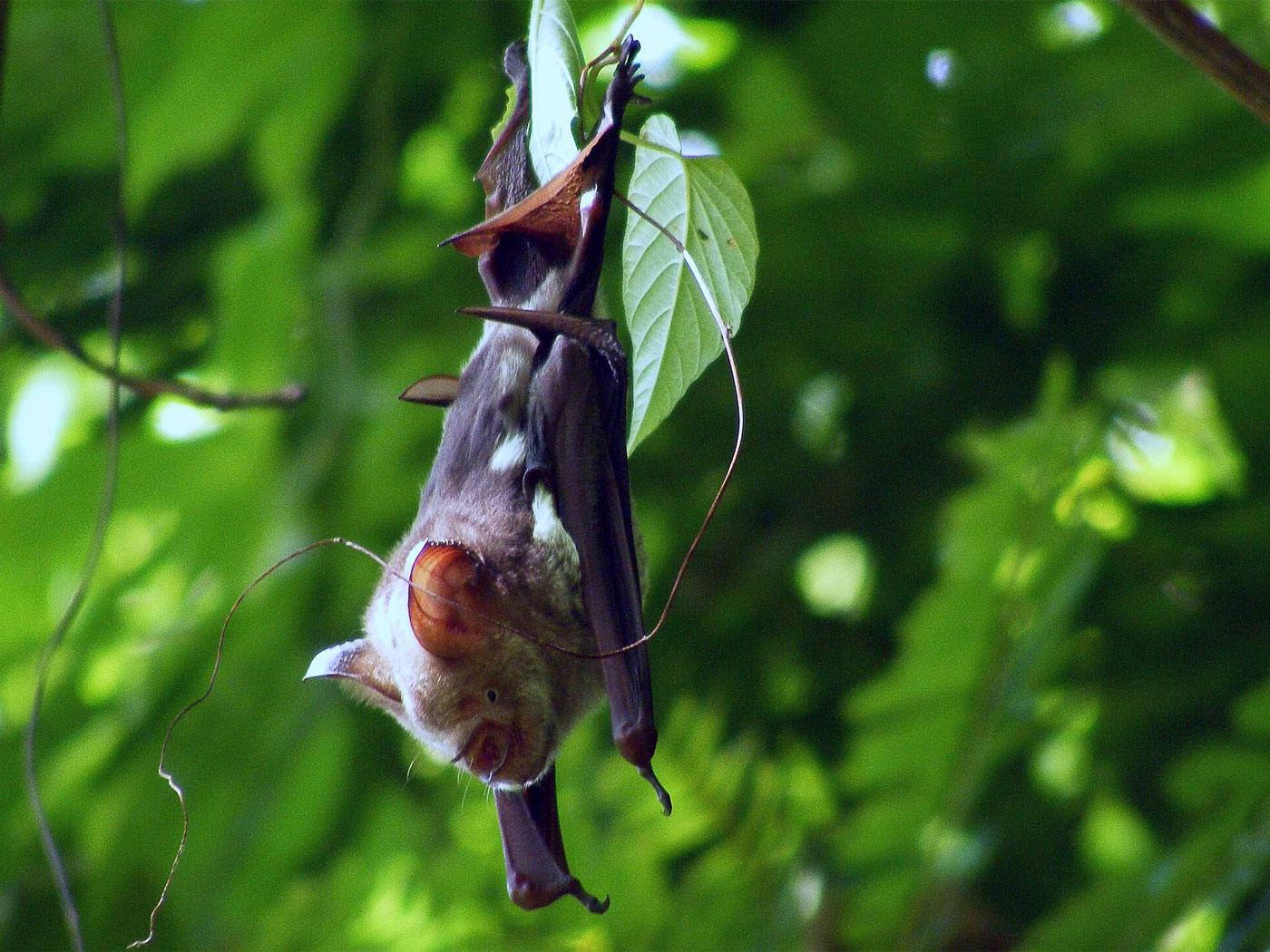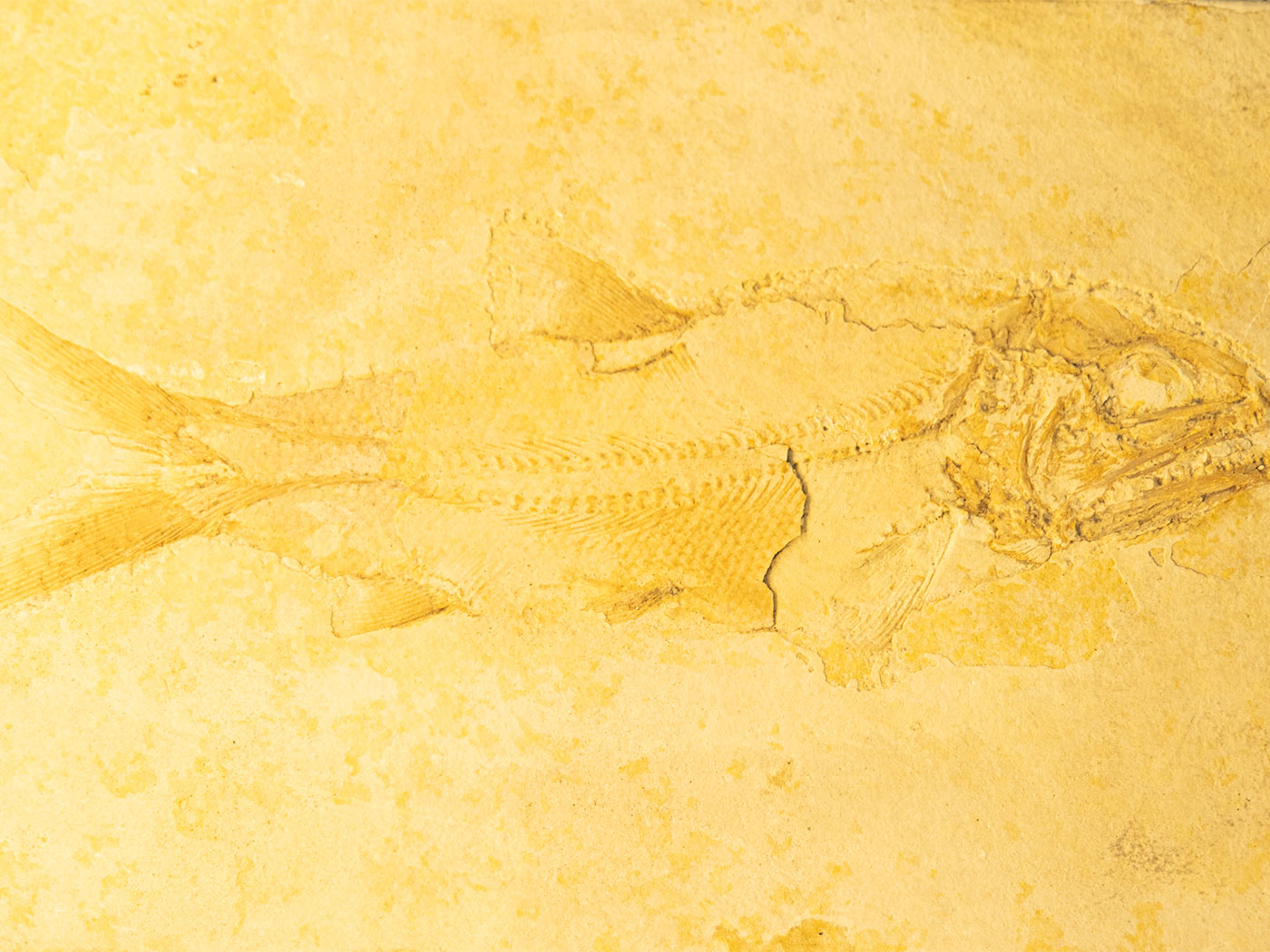A recent study making the news involves the reconstruction of the facial features and anatomy of the enigmatic humans known as the Denisovan from genetic data.1 In the evolutionist’s own words who did the study, “Denisovans are an extinct group of humans.” And the scientists’ research shows exactly that.
Denisovan fossils are represented by only a few teeth, a finger bone, a bit of a mandible (jawbone), and either a leg or an arm bone fragment. These isolated bits and pieces have been found in two locations. One was a Russian cave in the Siberian Altai Mountains close to the borders of Kazakhstan, China, and Mongolia. The other location was farther south in a cave on the Tibetan Plateau. From these teeth and bone fragments, DNA has been sequenced and compared to modern human groups.
Denisovan DNA is distinctly human and has been found to be most closely related to people groups across Asia, including Southeast Asian islands. Denisovan DNA, like Neanderthal DNA, is now considered to be nothing more than another variant of the human genome. In fact, evolutionists now widely acknowledge that anatomically modern humans, Neanderthals, and Denisovans interbred with each other.
While the Neanderthal people were known for having large brains, prominent brow ridges, and sloping foreheads (traits still found among modern humans),2 very little is known about what Denisovans looked like because of the limited amount of fossil material. Now, using a combination of epigenetics (chemical tags on the DNA) and genetics, scientists are attempting to reconstruct what a Denisovan might have looked like. And no surprise, the reconstruction looks fully human.1 The researchers claimed that the reconstructed female Denisovan had an elongated face and a wide pelvis, like Neanderthals, but also had a laterally wider head.
As is typical with evolutionists, they take information from a single individual and then make broad extrapolations to entire populations. The approach of taking DNA data and then inferring what someone looks like from epigenetic modifications still remains to be definitively proven as a valid methodology. However, one thing we do know for sure: This is just one more study showing that humans have always been humans.
References
1. Gokhman, D. et al. 2019. Reconstructing Denisovan Anatomy Using DNA Methylation Maps. Cell Press. 179 (1): 180-192.
2. Tomkins, J. P. 2019. Recent Humans with Archaic Features Upend Evolution. Acts & Facts. 48 (4): 15.
Dr. Tomkins is Life Sciences Director at ICR and earned his doctorate in genetics from Clemson University.
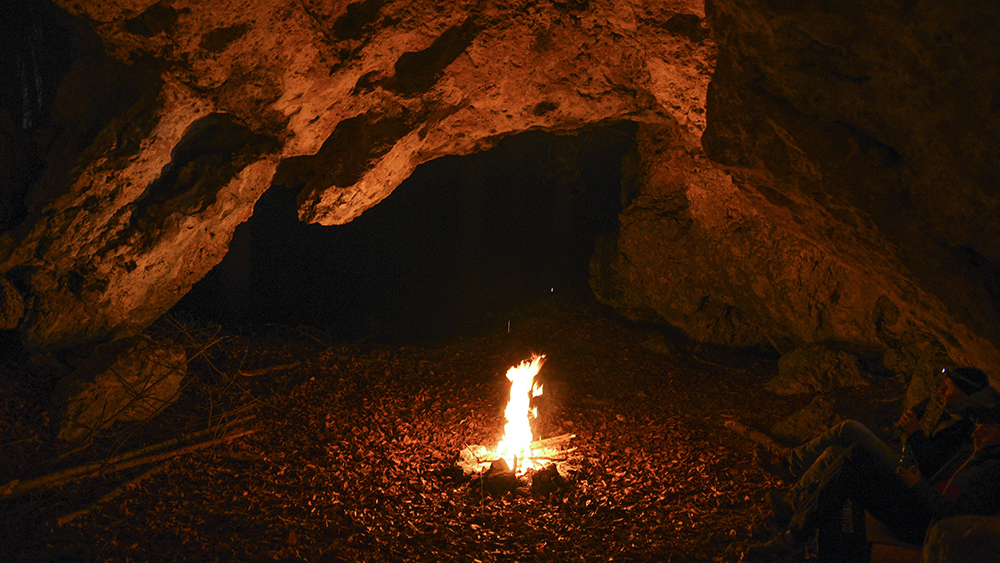
Denisovan Epigenetics Reveals Human Anatomy
The Latest
New Titanosaur Species Discovered in Uruguay and Argentina
The pre-Flood world had some truly massive dinosaurs, and the largest of them were in the group Sauropodomorpha.1 Within this group were...
May 2024 ICR Wallpaper
"Have I not commanded you? Be strong and of good courage; do not be afraid, nor be dismayed, for the LORD your God is with you wherever you...
Was a Key to Photosynthesis Evolution Discovered?
Northern Canadian lakes were the source of recently discovered unique photosynthetic bacteria of the phylum Chloroflexota. After years of culturing,...
CREATION PODCAST
Four Moons That Indicate a Young Universe | The Creation Podcast:...
Earth has one moon, but Jupiter has many! What can we learn from our celestial neighbor's satellites? Do they indicate youth?
Host...
Creation Kids: Seeds and Sprouts
by Renée Dusseau and Susan Windsor*
You're never too young to be a creation scientist and explore our Creator's world. Kids, discover...
APOLOGETICS
Christ’s Creativity in Canyon Critters
Grand Canyon animals display many marvelous traits and behaviors as they live life in that harsh habitat. These canyon creatures succeed thanks to the...
Standing Against False Science
I’m Michael Stamp, and I’m in my 12th year as an editor at the Institute for Creation Research. It’s always an encouragement to see...
Oysters and Pre-Flood Longevity
The oyster species Crassostrea virginica, also known as the eastern oyster, is a prized seafood. Research has demonstrated that a fossil version of...
Galápagos Finches: A Case Study in Evolution or Adaptive Engineering?
A group of birds known as Darwin’s finches live in the Galápagos Islands, which are located in the Pacific Ocean 600 miles west of Ecuador....
Hot Springs National Park: Hydrothermal Springs Formed By The...
Hot Springs National Park is located about an hour southwest of Little Rock in the folded Ouachita Mountains of central Arkansas. It is the second smallest...




